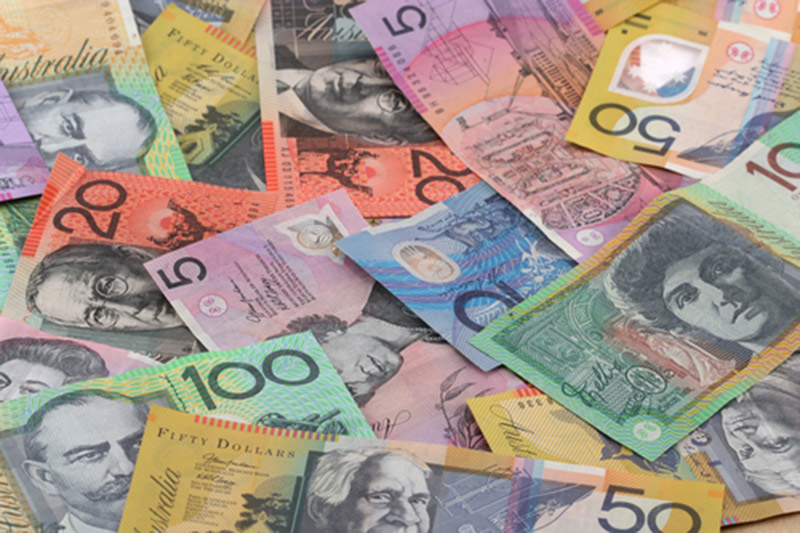Investing.com - The Aussie gained on Wednesday after upbeat China trade data while the yen weakened further as the dollar also found support in the figures.
USD/JPY changed hands at 118.30, up 0.54%, while AUD/USD traded at 0.7031, up 0.67%.
China reported December exports rose 1.4%, far outpacing an expected 8.0% drop and the first gain in six months, while imports fell 7.6%, less than the 11.5% drop seen. The trade balance came in at $60.09 billion, wider than the expected $53 billion surplus.
As well, China's exports rose in December for the first gain in six months, initial figures in yuan terms showed Wednesday.
Data from the General Administration of Customs showed a gain of 2.3% for exports in December compared with a year earlier in yuan terms. Imports fell 4.0% in December in yuan terms.
In 2015, exports fell 1.8% and imports declined 13.2% with a trade surplus of RMB3.69 trillion expanding 56.7% from 2014.
Earlier, the yuan's central parity rate against the U.S. dollar was set at 6.5630 Wednesday, slightly weaker than Tuesday's 6.5628, the People's Bank of China said.
The U.S. dollar index, which measures the greenback’s strength against a trade-weighted basket of six major currencies, rose 0.19% to 99.21.
Overnight, the dollar held onto gains against the other major currencies in quiet trade on Tuesday, as ongoing concerns over volatility in China and declining oil prices continued to dominate sentiment.
Crude oil prices fell to fresh 12-year lows on Tuesday amid concerns that slowing global demand is fueling a massive supply glut.
Late Wednesday, the American Petroleum Institute said crude stocks fell by 3.9 million barrels last week, while distillate supplies gained 3.7 million barrels and gasoline inventories jumped 7 million barrels.
Investors also remained concerned over the extent of the economic slowdown in China, following a steep selloff in Chinese stocks and a renewed devaluation in the yuan since the start of the year.
Shares in China closed higher on Tuesday, after Beijing stepped up measures to support the yuan. China’s central bank guided the yuan higher for a third day, but uncertainty over Beijing’s currency policy persisted.
